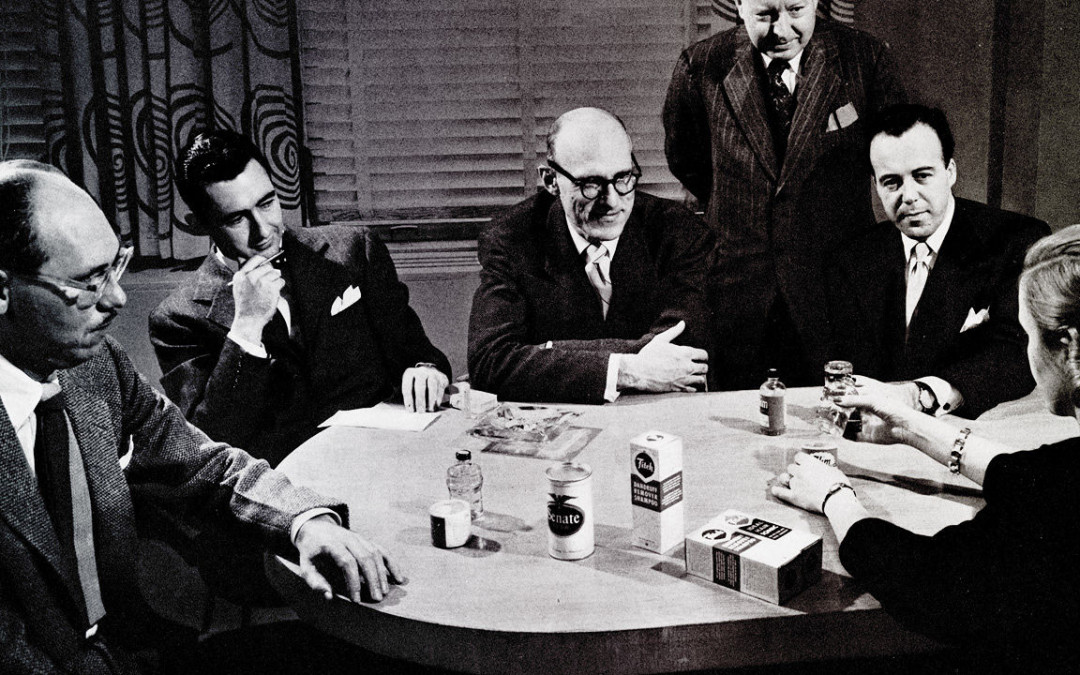WRITTEN BY Rick Wise
AT HEART, DESIGN THINKING IS ABOUT FUSING THE CREATIVE AND OPEN-ENDED WITH THE ANALYTICAL AND OPERATIONAL.
I lead an unusual company. Lippincott, part of the highly analytical management consulting firm Oliver Wyman, is the creative force behind the ubiquitous red-and-white Coca-Cola swirl, Samsung’s global identity, the Starbucks logo, Walmart’s rebranding, and the Infiniti concept, name and brand.
We have experts in stochastic modeling and strategic choice analysis sharing workspaces with graphic designers, linguists, and architects. Each of our disciplines has its own perplexing vernacular, industry associations, dress codes, and even workday start times. Yet, somehow this unique blend of skills has managed to sustain itself in this way for 70 years now.
Lippincott thrives in pairing the rational and the creative, using a process that is often referred to as design thinking. This is a place where more and more CEOs want their organizations to be. Spurred by the success of companies like Apple, and fearful they’ll get left behind in the competitive race if they don’t master this skill, companies are investing in bringing the creative into operationally oriented organizations, sending executives for training at places like the Stanford d.school, and creating environments designed to foster right and left brain integration.
Design thinking, however, is a slightly murky concept that means different things to different people. At heart, though, it is about fusing the creative and open-ended with the analytical and operational, combining very different ways of thinking and acting. This is, of course, easier in theory than in practice. How do you get children’s book authors and chemical engineers to click into something greater than the sum of the parts—rather than devolve into warring camps? Here are some of the lessons I’ve learned along the way as CEO and rules we all try to adhere to at Lippincott.


Comentarios recientes